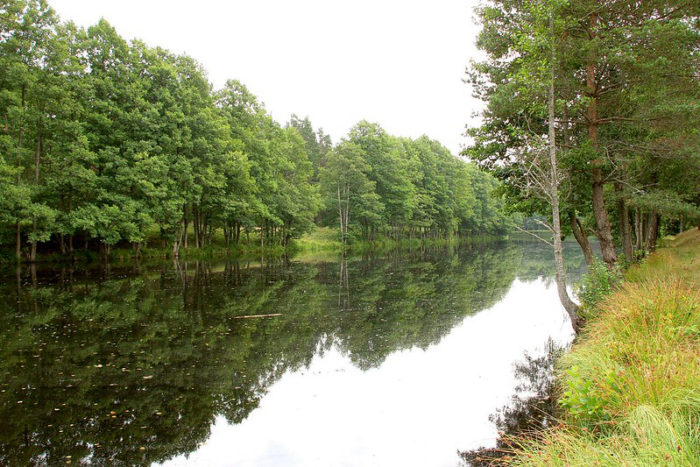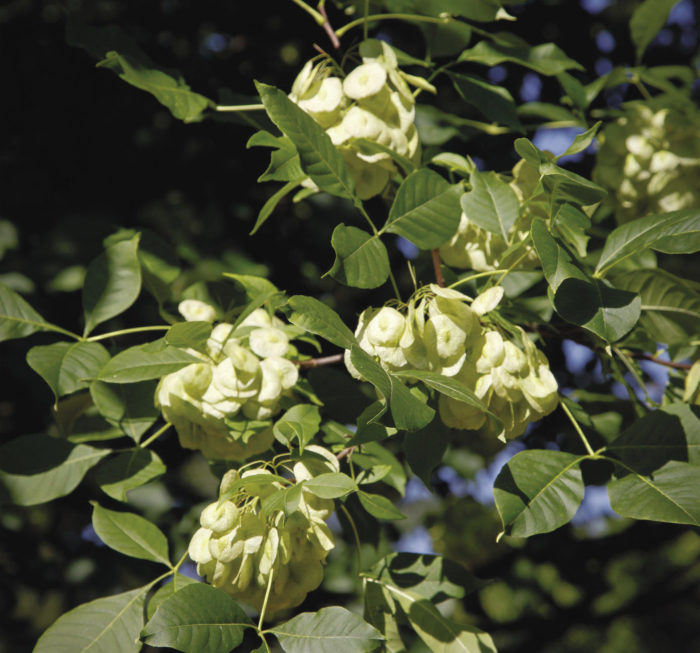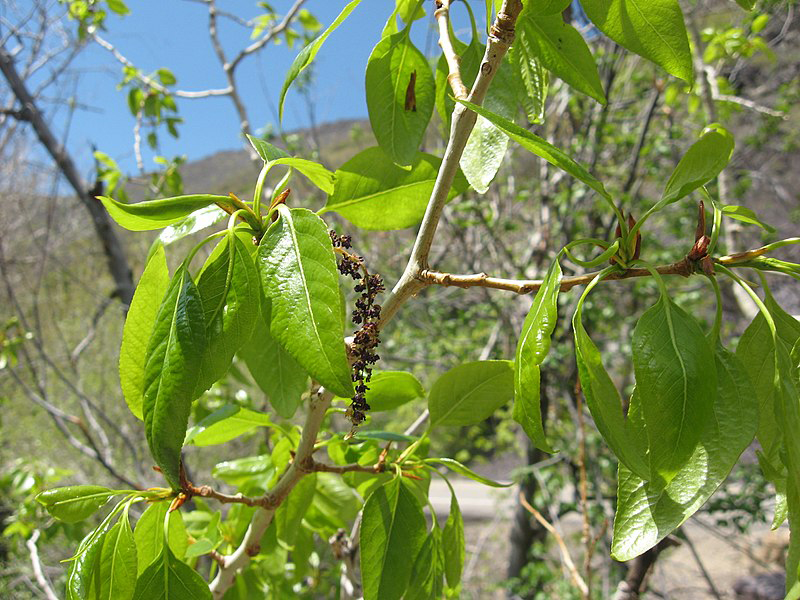
As temperatures rise, snow melts, and rains fall, spring flooding for many of us has become a common problem in our landscapes here in the Northern Plains. Thankfully there are a few trees that can tolerate these temporary floods or poorly drained soils that challenge us.

European alder (Alnus glutinosa, Zones 3–7), also called black alder, is one of those few trees capable of growing in saturated soil in addition to tolerating slightly alkaline soil. Capable of reaching a height of 40 to 60 feet and a spread of 20 to 30 feet, the tree may appear more as a shrub in our region, due to the dramatic temperature fluctuations that are all too common in fall and late winter, and ultimately reach a height of 30 feet and spread of 20 feet. As a bonus, European alder features attractive strobiles, which are small, pinecone-like, female flowers that persist through winter, and long, chainlike, male flowers called catkins that have a reddish-brown color, appear in spring, and contrast wonderfully with the smooth gray bark.

Common hoptree (Ptelea trifoliata, Zones 4–9) is an option to consider that, despite its preference for well-drained soil, can tolerate temporary floods with relative ease. This native, oval-shaped tree typically grows 10 to 20 feet tall and wide, has attractive flowers in June that have a citrus scent, and develops round, green samaras that turn brown in fall. With few to no pest problems, this can be a very attractive tree so long as you are able to protect it during the winter months from hungry rabbits until it has reached at least 10 feet tall, at which time the bark is apparently not favored anymore.

If you are looking for something with a little more height in your landscape, consider narrowleaf cottonwood (Populus angustifolia, Zones 3–7). A quick grower at more than 2 feet per year, this native tree towers up to 60 feet tall and nearly as wide at maturity with narrow leaves that turn an attractive yellow in fall. The tree is often misidentified as a type of willow, but the large, multiple scales and balsam scent are a giveaway. Naturally found growing along streams and floodplains, this tree is more than capable of withstanding those overly moist soils.
If you are tired of removing flooded-out trees or are just in need of something to place in the low spot in your landscape, consider one or all of the trees mentioned here. Remember, there is never a wrong plant, just a wrong location.
—Chris Schlenker is the head gardener of McCrory Gardens at South Dakota State University in Brookings, South Dakota.


















Comments
Log in or create an account to post a comment.
Sign up Log in